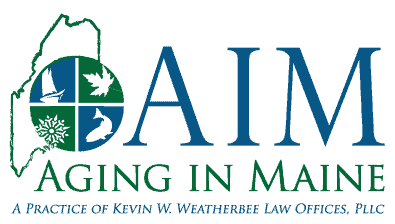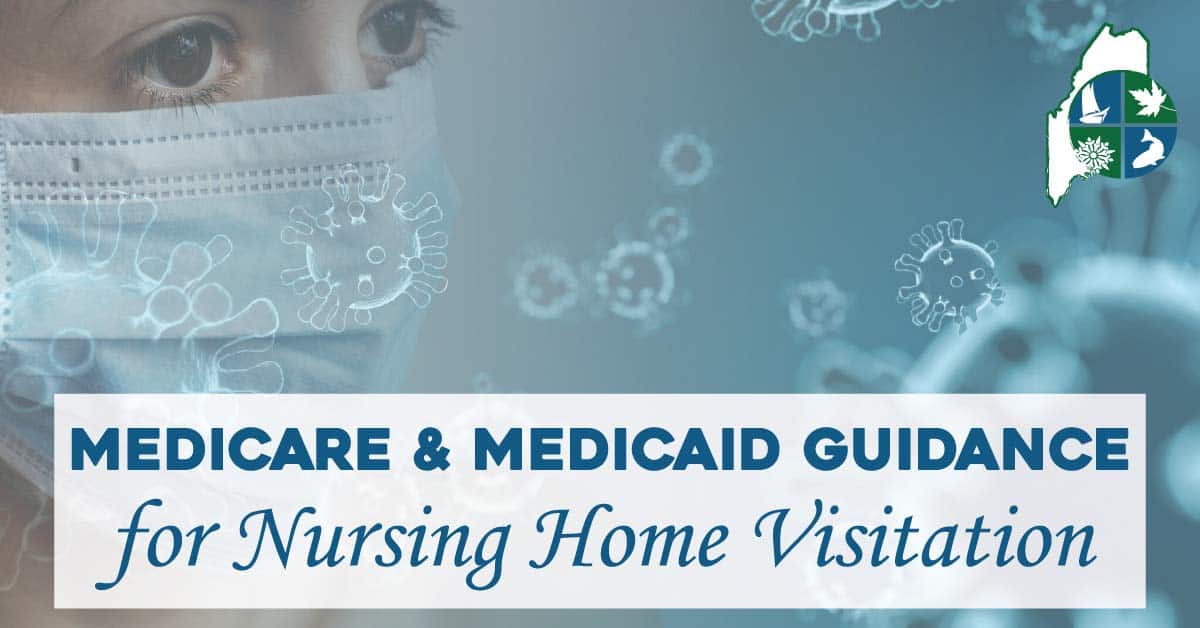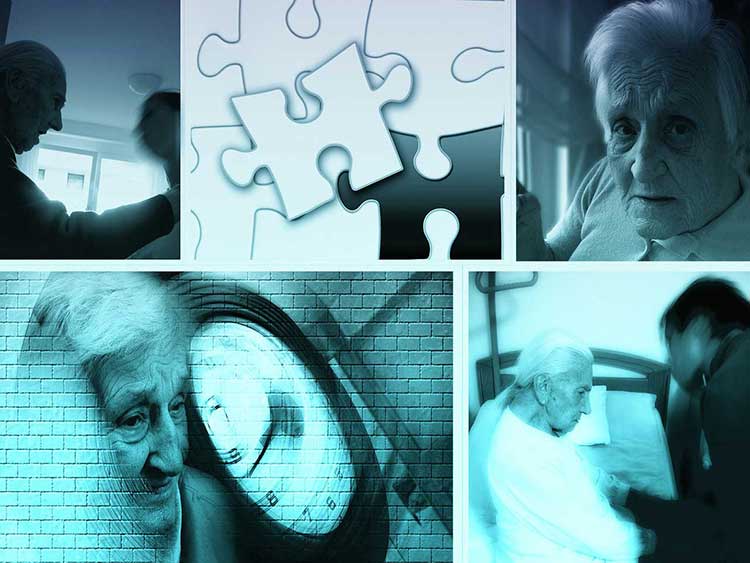Revised guidance for nursing home visitation has been issued by the Centers for Medicare and Medicaid (CMS). It is now possible to have visitation with nursing home residents for reasons other than urgent end-of-life scenarios and, in some instances, may include physical touch. Additionally, communal activities and dining are permissible as long as the social distancing rule of 6 feet of separation, and other precautions are observed. Encouraging outdoor visits is desirable as long as the weather permits. Indoor visits are permissible if no new cases were identified in the previous two weeks, and the facility adheres to the core principles of resident and staff testing, screening, proper hygiene, social distancing, and facility cleaning.
The CMS memo contains “Core Principles of COVID-19 Infection Prevention” verbatim as follows:
- Screening of all who enter the facility for signs and symptoms of COVID-19 (e.g., temperature checks, questions or observations about signs or symptoms), and denial of entry of those with signs or symptoms
- Hand hygiene (use of alcohol-based hand rub is preferred)
- Face covering or mask (covering mouth and nose)
- Social distancing at least six feet between persons
- Instructional signage throughout the facility and proper visitor education on COVID19 signs and symptoms, infection control precautions, other applicable facility practices (e.g., use of face-covering or mask, specified entries, exits, and routes to designated areas, hand hygiene)
- Cleaning and disinfecting high frequency touched surfaces in the facility often, and designated visitation areas after each visit
- Appropriate staff use of Personal Protective Equipment (PPE)
- Effective cohorting of residents (e.g., separate areas dedicated COVID-19 care)
- Resident and staff testing conducted as required.
CMS acknowledges that the previous months of severe visitor restrictions to slow the spread of COVID-19 were at a high cost to nursing home residents’ overall wellbeing. The revision of visitor guidance compassionately addresses resident care needs beyond protection from the coronavirus. CMS Administrator Seema Verma states, “While we must remain steadfast in our fight to shield nursing home residents from this virus, it is becoming clear that prolonged isolation and separation from family is also taking a deadly toll on our aging loved ones.”
CMS is also making available Civil Monetary Penalty (CMP) funds to ensure greater and safer access to outdoor and indoor visits. The money can purchase tents for outdoor interaction and clear dividers such as plexiglass can create physical barriers, reducing the risk of transmission during in-person visits. Funding through CMP can also provide communication aids such as tablet devices and webcams that enable virtual visits. However, each facility has a limit of $3,000 to ensure a balance in distributing CMP funds.
Compassionate care situations now include more than the end-of-life scenarios and are also included in the CMS memo. Verbatim they include but are not limited to:
- A resident, who was living with their family before recently being admitted to a nursing home, is struggling with the change in environment and lack of physical family support.
- A resident who is grieving after a friend or family member recently passed away.
- A resident who needs cueing and encouragement with eating or drinking, previously provided by family and/or caregiver(s), is experiencing weight loss or dehydration.
- A resident, who used to talk and interact with others, is experiencing emotional distress, seldom speaking, or crying more frequently (when the resident had rarely cried in the past).
In addition to family members, compassionate care visits may now also include clergy or laypersons offering religious or spiritual support that meet the resident’s needs. Personal contact is permissible during these and family visits but only when following all appropriate infection prevention guidance. This more humanized approach to nursing home care encourages facility staff to work with residents, families, caregivers, and resident representatives to identify those in need of in-person compassionate care visitation. Exceptions to compassionate visits occur when facilities have experienced COVID-19 infections within the past two weeks or when a county is experiencing a high positivity COVID-19 rate. In the absence of a reasonable safety or clinical cause, the Centers for Medicare and Medicaid make clear that failure of nursing homes to facilitate in-person visitations can be cause for citations and other penalties as CMS deems appropriate.
CMS understands that nursing home residents derive physical, emotional, and spiritual value and support through family and friend visitations, especially in trying times. No one should be made to endure this pandemic alone, least of all the most vulnerable among us. This new CMS nursing home visitation guidance is designed to help American seniors remain happier, stronger, and more resilient in the face of adversity through the personal support of those who love them most.
If you have a loved one in a nursing home, check with the facility to see how or whether their visitation guidelines have changed. It may take time for local facilities to consider these new guidelines and make changes that are consistent with the recommendations from CMS.
We would be happy to discuss any questions you have, including how to choose appropriate long term care and how to pay for it. We can recommend legal ways to help ease the cost of long term care and protect your savings and home. Call Aging in Maine at (207)848-5600 or check out our CONTACT page.




